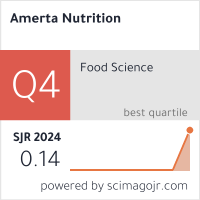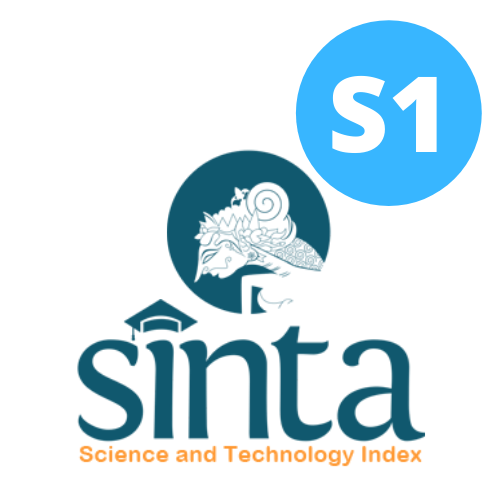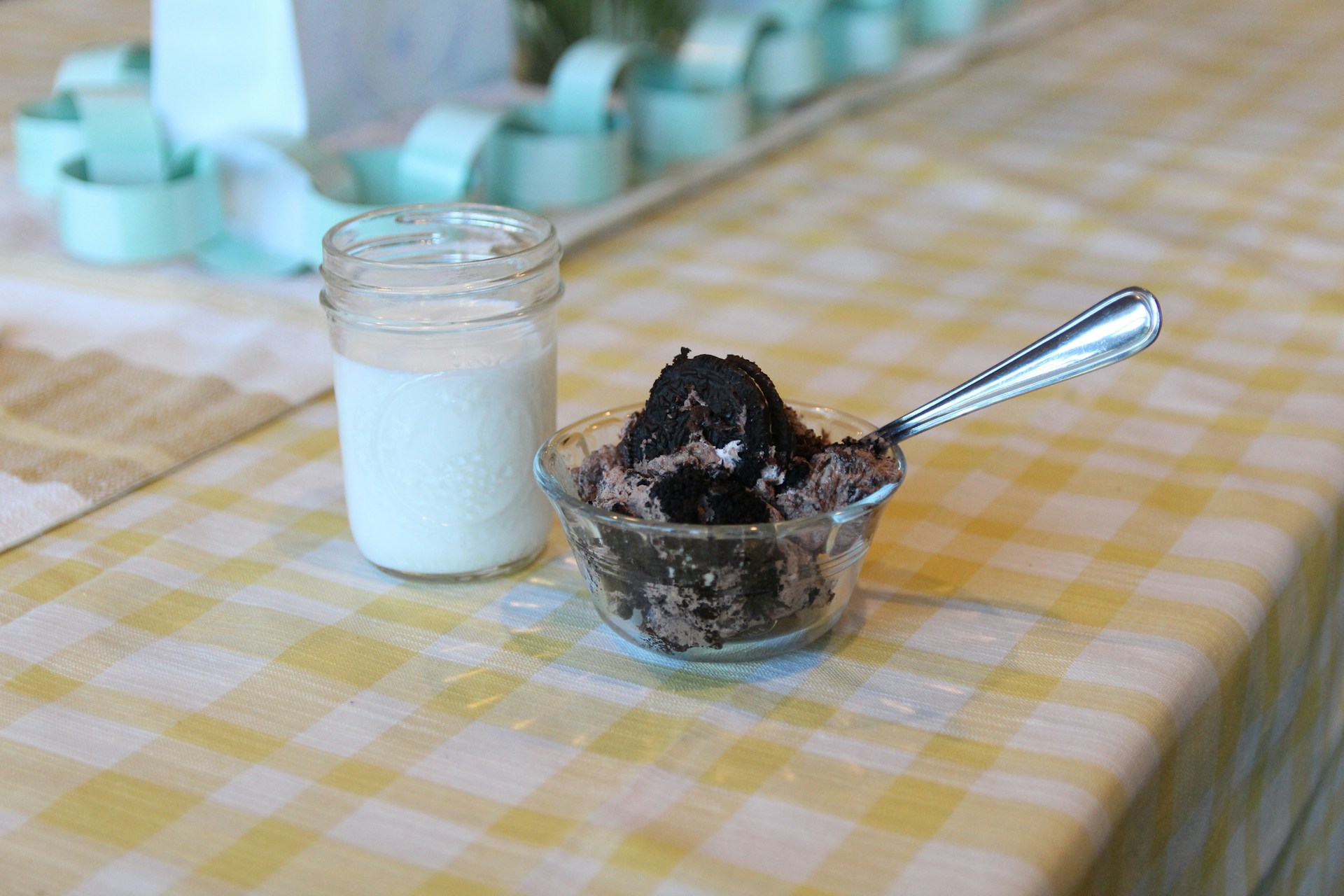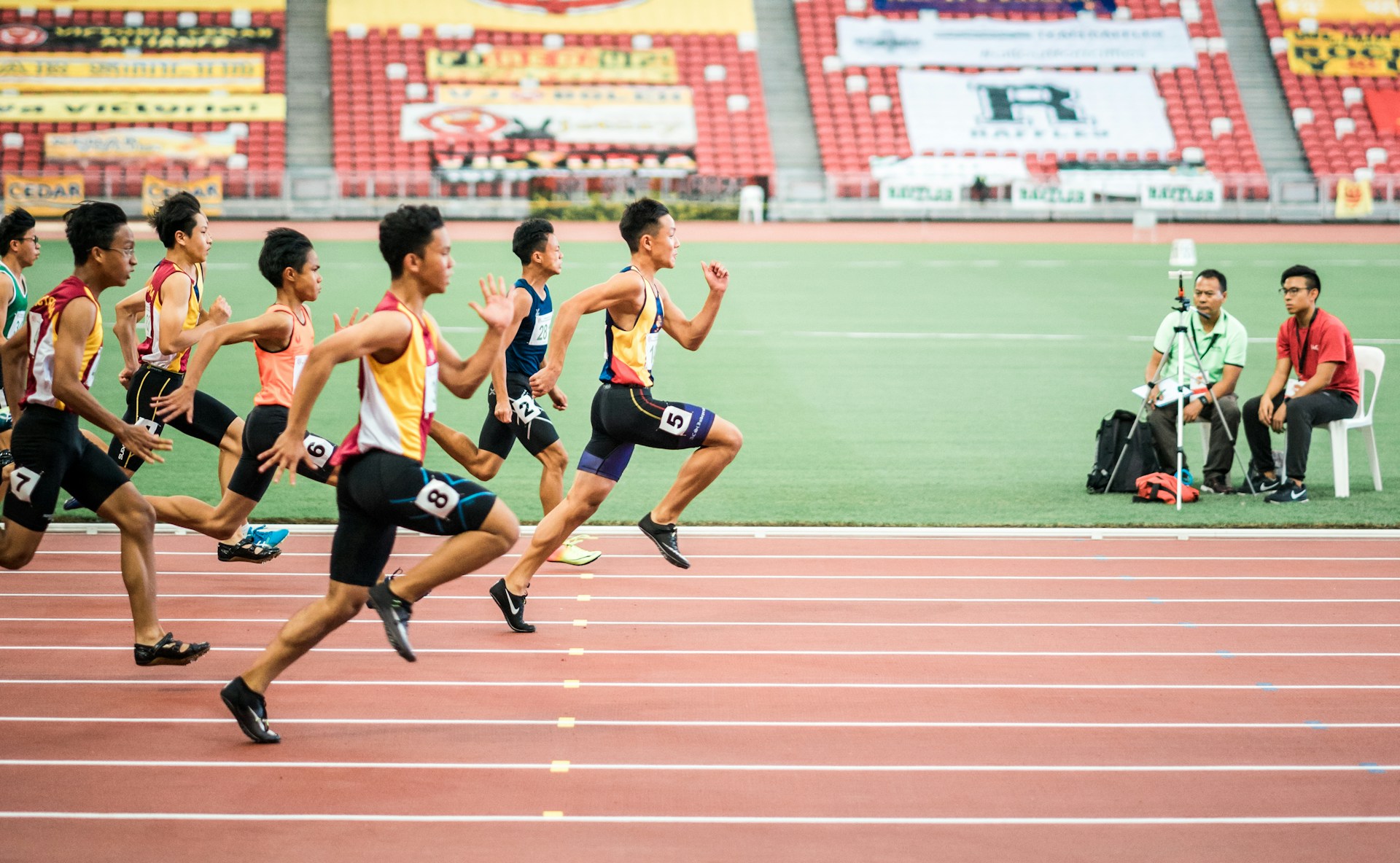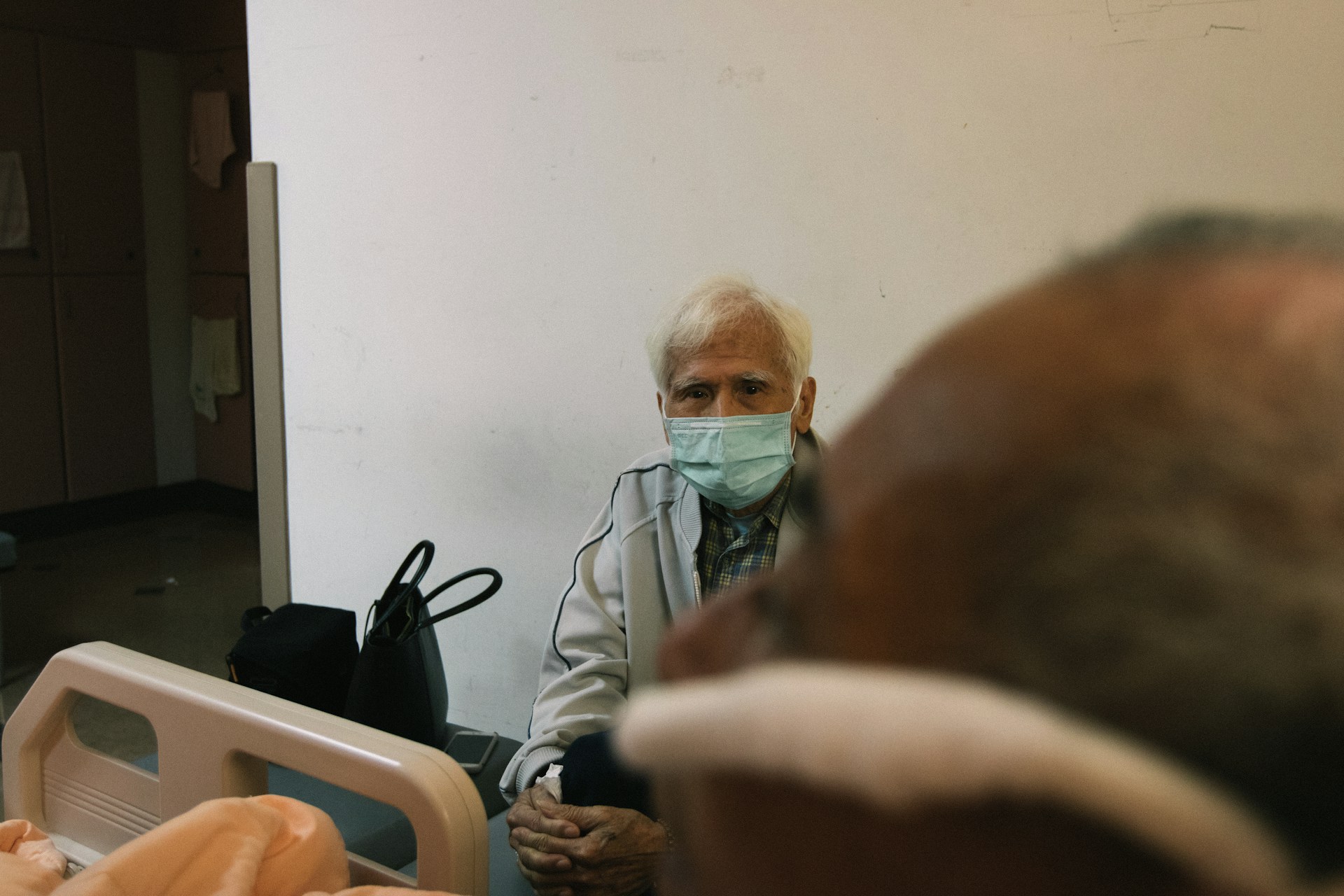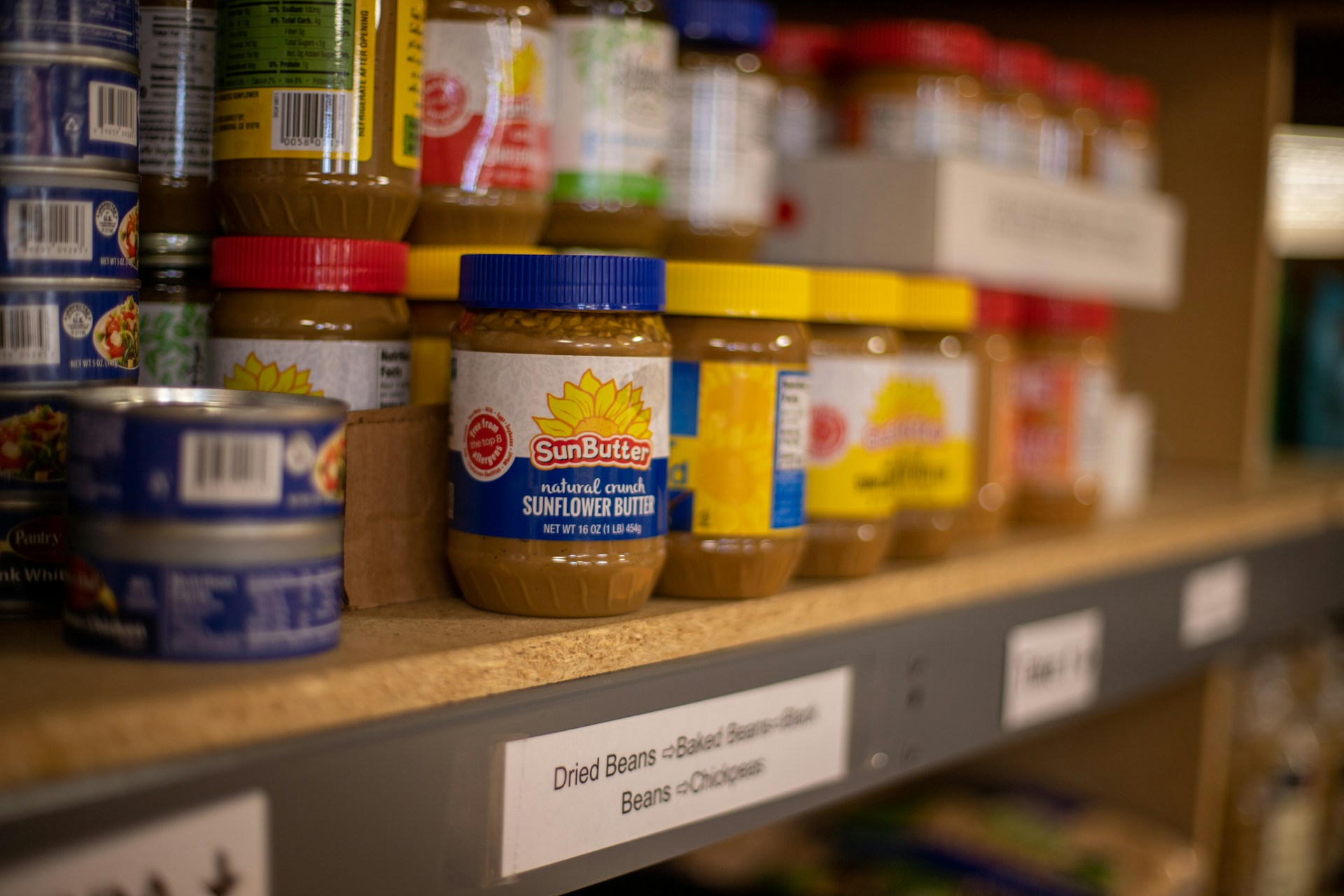A Systematic Review on 3D Food Printing: Progressing from Concept to Reality
Tinjauan Sistematis tentang Pencetakan Makanan 3D: Perkembangan dari Konsep Menjadi Realita

Background: Using 3D printing technology, novel items can be created from various materials, including edible ones, addressing the growing importance of sustainable food chains and personalized nutrition. As the latest advancement in additive manufacturing, 3D printing meets diverse customer demands by producing customized food items tailored to individual nutritional needs.
Objectives: This literature evaluation focuses on the applications, technical advancements, and future possibilities of 3D food printing. By assessing recent developments, the study explores its adaptability and transformative potential in addressing global issues such as sustainability and personalized nutrition.
Methods: To include up-to-date and relevant data, PubMed, Google Scholar, and Scopus were searched for research on "3D Food Printing," "Food Technology," "Food Formulation," and "Customized Diet" from 2018 to 2024. Data extraction and synthesis were conducted on 31 reports selected from 687 search results after removing duplicates and applying filters.
Discussions: The study highlights the use of 3D food printers for creating dairy products, fish and meat, pasta, biscuits, chocolates, and cereal-based foods. Applications span industries such as space food, elderly and school children's nutrition, military food, hospitals, and restaurants. Future research directions include food characterization through color analysis, moisture content, water activity, physiochemical properties, and microbiological studies.
Conclusions: This study highlights the potential advantages of 3D food printing technology, including healthier food options, novel dining experiences, and diet customization. It underscores its transformative capacity to impact the global economy while addressing sustainability and personalized nutrition challenges.
Peshave, J. milind & Hodlur, A. S. 3D printing-the future In culinary arts! Multi-Disciplinary Journal 1, 1–7 (2022). Available at https://www.researchgate.net/publication/362568506_Multi-DisciplinaryJournal_3D_Printing-The_Future_In_Culinary_Arts_Introduction.
Zhang, Y. et al. Systematic engineering approach for optimization of multi-component alternative protein-fortified 3D printing food Ink. Food Hydrocolloids 131, 107803 (2022). Available at https://linkinghub.elsevier.com/retrieve/pii/S0268005X2200323X.
Dankar, I., Haddarah, A., Omar, F. E. L., Sepulcre, F. & Pujolà, M. 3D printing technology: The new era for food customization and elaboration. Trends in Food Science & Technology 75, 231–242 (2018). Available at https://linkinghub.elsevier.com/retrieve/pii/S0924224417304818.
Mantihal, S., Kobun, R. & Lee, B.-B. 3D food printing of as the new way of preparing food: A review. International Journal of Gastronomy and Food Science 22, 100260 (2020). Available at https://linkinghub.elsevier.com/retrieve/pii/S1878450X20301372.
Zhang, J. Y., Pandya, J. K., McClements, D. J., Lu, J. & Kinchla, A. J. Advancements in 3D food printing: A comprehensive overview of properties and opportunities. Critical Reviews in Food Science and Nutrition 62, 4752–4768 (2022). Available at https://www.tandfonline.com/doi/full/10.1080/10408398.2021.1878103.
Piyush, Kumar, R. & Kumar, R. 3D printing of food materials: A state of art review and future applications. Materials Today: Proceedings 33, 1463–1467 (2020). Available at https://linkinghub.elsevier.com/retrieve/pii/S2214785320307318.
Vukušić Pavičić, T., Grgić, T., Ivanov, M., Novotni, D. & Herceg, Z. Influence of flour and fat type on dough rheology and technological characteristics of 3D-printed cookies. Foods 10, 193 (2021). Available at https://www.mdpi.com/2304-8158/10/1/193.
Anukiruthika, T., Moses, J. A. & Anandharamakrishnan, C. 3D printing of egg yolk and white with rice flour blends. Journal of Food Engineering 265, 109691 (2020). Available at https://linkinghub.elsevier.com/retrieve/pii/S0260877419303231.
Liu, Y., Liang, X., Saeed, A., Lan, W. & Qin, W. Properties of 3D printed dough and optimization of printing parameters. Innovative Food Science & Emerging Technologies 54, 9–18 (2019). Available at https://linkinghub.elsevier.com/retrieve/pii/S146685641831289X.
Khemacheevakul, K. Manufacture and characterization of 3D-printed sugar-reduced layered chocolates and their sensory perception. (Department of Agricultural, Food and Nutritional Science, University of Alberta, Canada, 2021). Available at https://era.library.ualberta.ca/items/6a653417-dfba-4264-bc0f-037c062cbe31.
Wang, L., Zhang, M., Bhandari, B. & Yang, C. Investigation on fish surimi gel as promising food material for 3D printing. Journal of Food Engineering 220, 101–108 (2018). Available at https://linkinghub.elsevier.com/retrieve/pii/S0260877417300742.
Liu, Z., Dick, A., Prakash, S., Bhandari, B. & Zhang, M. Texture modification of 3D printed air-fried potato snack by varying its internal structure with the potential to reduce oil content. Food Bioprocess Technol 13, 564–576 (2020). Available at http://link.springer.com/10.1007/s11947-020-02408-x.
Santini, C., Johnson, C. & Cavicchi, A. Design and food robots: Changing processes in the restaurant industry. in Transdisciplinary Case Studies on Design for Food and Sustainability 97–114 (Elsevier, 2021). doi:10.1016/B978-0-12-817821-8.00005-9. Available at https://linkinghub.elsevier.com/retrieve/pii/B9780128178218000059.
Derossi, A., Caporizzi, R., Azzollini, D. & Severini, C. Application of 3D printing for customized food. A case on the development of a fruit-based snack for children. Journal of Food Engineering 220, 65–75 (2018). Available at https://linkinghub.elsevier.com/retrieve/pii/S0260877417302133.
Severini, C., Derossi, A., Ricci, I., Caporizzi, R. & Fiore, A. Printing a blend of fruit and vegetables. New advances on critical variables and shelf life of 3D edible objects. Journal of Food Engineering 220, 89–100 (2018). Available at https://linkinghub.elsevier.com/retrieve/pii/S0260877417303643.
Zhu, S., Stieger, M. A., Van Der Goot, A. J. & Schutyser, M. A. I. Extrusion-based 3D printing of food pastes: Correlating rheological properties with printing behaviour. Innovative Food Science & Emerging Technologies 58, 102214 (2019). Available at https://linkinghub.elsevier.com/retrieve/pii/S1466856419308811.
Liu, Z., Bhandari, B., Prakash, S., Mantihal, S. & Zhang, M. Linking rheology and printability of a multicomponent gel system of carrageenan-xanthan-starch in extrusion based additive manufacturing. Food Hydrocolloids 87, 413–424 (2019). Available at https://linkinghub.elsevier.com/retrieve/pii/S0268005X18311688.
Thangalakshmi, S., Arora, V. K., Kaur, B. P. & Malakar, S. Investigation on rice flour and jaggery paste as food material for extrusion‐based 3D printing. J. Food Process. Preserv. 45, (2021). Available at https://onlinelibrary.wiley.com/doi/10.1111/jfpp.15375.
Derossi, A., Caporizzi, R., Paolillo, M. & Severini, C. Programmable texture properties of cereal-based snack mediated by 3D printing technology. Journal of Food Engineering 289, 110160 (2021). Available at https://linkinghub.elsevier.com/retrieve/pii/S0260877420302570.
Jiang, H. et al. 3D food printing: Main components selection by considering rheological properties. Critical Reviews in Food Science and Nutrition 59, 2335–2347 (2019). Available at https://www.tandfonline.com/doi/full/10.1080/10408398.2018.1514363.
Escalante‐Aburto, A., Trujillo‐de Santiago, G., Álvarez, M. M. & Chuck‐Hernández, C. Advances and prospective applications of 3D food printing for health improvement and personalized nutrition. Comprehensive Review Food Science Food Safe 20, 5722–5741 (2021). Available at https://ift.onlinelibrary.wiley.com/doi/10.1111/1541-4337.12849.
Liu, Z., Bhandari, B., Prakash, S. & Zhang, M. Creation of internal structure of mashed potato construct by 3D printing and its textural properties. Food Research International 111, 534–543 (2018). Available at https://linkinghub.elsevier.com/retrieve/pii/S0963996918304435.
Huang, M., Zhang, M. & Guo, C. 3D printability of brown rice gel modified by some food hydrocolloids. Journal of Food Process Preservation 44, (2020). Available at https://onlinelibrary.wiley.com/doi/10.1111/jfpp.14502.
Feng, C., Zhang, M., Bhandari, B. & Ye, Y. Use of potato processing by-product: Effects on the 3D printing characteristics of the yam and the texture of air-fried yam snacks. LWT 125, 109265 (2020). Available at https://linkinghub.elsevier.com/retrieve/pii/S002364382030253X.
Hussain, S., Arora, V. K. & Malakar, S. Formulation of protein‐enriched 3D printable food matrix and evaluation of textural, rheological characteristics, and printing stability. J. Food Process. Preserv. 45, (2021). Available at https://onlinelibrary.wiley.com/doi/10.1111/jfpp.15182.
Liu, Y. et al. Applicability of rice doughs as promising food materials in extrusion-based 3D printing. Food Bioprocess Technol 13, 548–563 (2020). Available at http://link.springer.com/10.1007/s11947-020-02415-y.
Yang, F., Zhang, M., Bhandari, B. & Liu, Y. Investigation on lemon juice gel as food material for 3D printing and optimization of printing parameters. LWT 87, 67–76 (2018). Available at https://linkinghub.elsevier.com/retrieve/pii/S0023643817306242.
Liu, Z., Zhang, M., Bhandari, B. & Yang, C. Impact of rheological properties of mashed potatoes on 3D printing. Journal of Food Engineering 220, 76–82 (2018). Available at https://linkinghub.elsevier.com/retrieve/pii/S0260877417301644.
Keerthana, K., Anukiruthika, T., Moses, J. A. & Anandharamakrishnan, C. Development of fiber-enriched 3D printed snacks from alternative foods: A study on button mushroom. Journal of Food Engineering 287, 110116 (2020). Available at https://linkinghub.elsevier.com/retrieve/pii/S0260877420302144.
Kowalska, H. et al. Shaping the properties of osmo-dehydrated strawberries in fruit juice concentrates. Applied Sciences 13, 2728 (2023). Available at https://www.mdpi.com/2076-3417/13/4/2728.
Dhaliwal, H. K., Gänzle, M. & Roopesh, M. S. Influence of drying conditions, food composition, and water activity on the thermal resistance of Salmonella enterica. Food Research International 147, 110548 (2021). Available at https://linkinghub.elsevier.com/retrieve/pii/S0963996921004476.
Jackson, V. & Penumetcha, M. Dietary oxidised lipids, health consequences and novel food technologies that thwart food lipid oxidation: An update. Int J of Food Sci Tech 54, 1981–1988 (2019). Available at https://academic.oup.com/ijfst/article/54/6/1981/7805458.
Sánchez-Maldonado, A. F., Lee, A. & Farber, J. M. Methods for the control of foodborne pathogens in low-moisture foods. Annu. Rev. Food Sci. Technol. 9, 177–208 (2018). Available at https://www.annualreviews.org/doi/10.1146/annurev-food-030117-012304.
Dankar, I., Haddarah, A., Sepulcre, F. & Pujolà, M. Assessing mechanical and rheological properties of potato puree: Effect of different ingredient combinations and cooking methods on the feasibility of 3D printing. Foods 9, 21 (2019). Available at https://www.mdpi.com/2304-8158/9/1/21.
Zhang, J. Y., Pandya, J. K., McClements, D. J., Lu, J. & Kinchla, A. J. Advancements in 3D food printing: A comprehensive overview of properties and opportunities. Critical Reviews in Food Science and Nutrition 62, 4752–4768 (2022). Available at https://www.tandfonline.com/doi/full/10.1080/10408398.2021.1878103.
Le Tohic, C. et al. Effect of 3D printing on the structure and textural properties of processed cheese. Journal of Food Engineering 220, 56–64 (2018). Available at https://linkinghub.elsevier.com/retrieve/pii/S0260877417300420.
Copyright (c) 2025 Amerta Nutrition

This work is licensed under a Creative Commons Attribution-ShareAlike 4.0 International License.
AMERTA NUTR by Unair is licensed under a Creative Commons Attribution-ShareAlike 4.0 International License.
1. The journal allows the author to hold the copyright of the article without restrictions.
2. The journal allows the author(s) to retain publishing rights without restrictions
3. The legal formal aspect of journal publication accessibility refers to Creative Commons Attribution Share-Alike (CC BY-SA).
4. The Creative Commons Attribution Share-Alike (CC BY-SA) license allows re-distribution and re-use of a licensed work on the conditions that the creator is appropriately credited and that any derivative work is made available under "the same, similar or a compatible license”. Other than the conditions mentioned above, the editorial board is not responsible for copyright violation.






